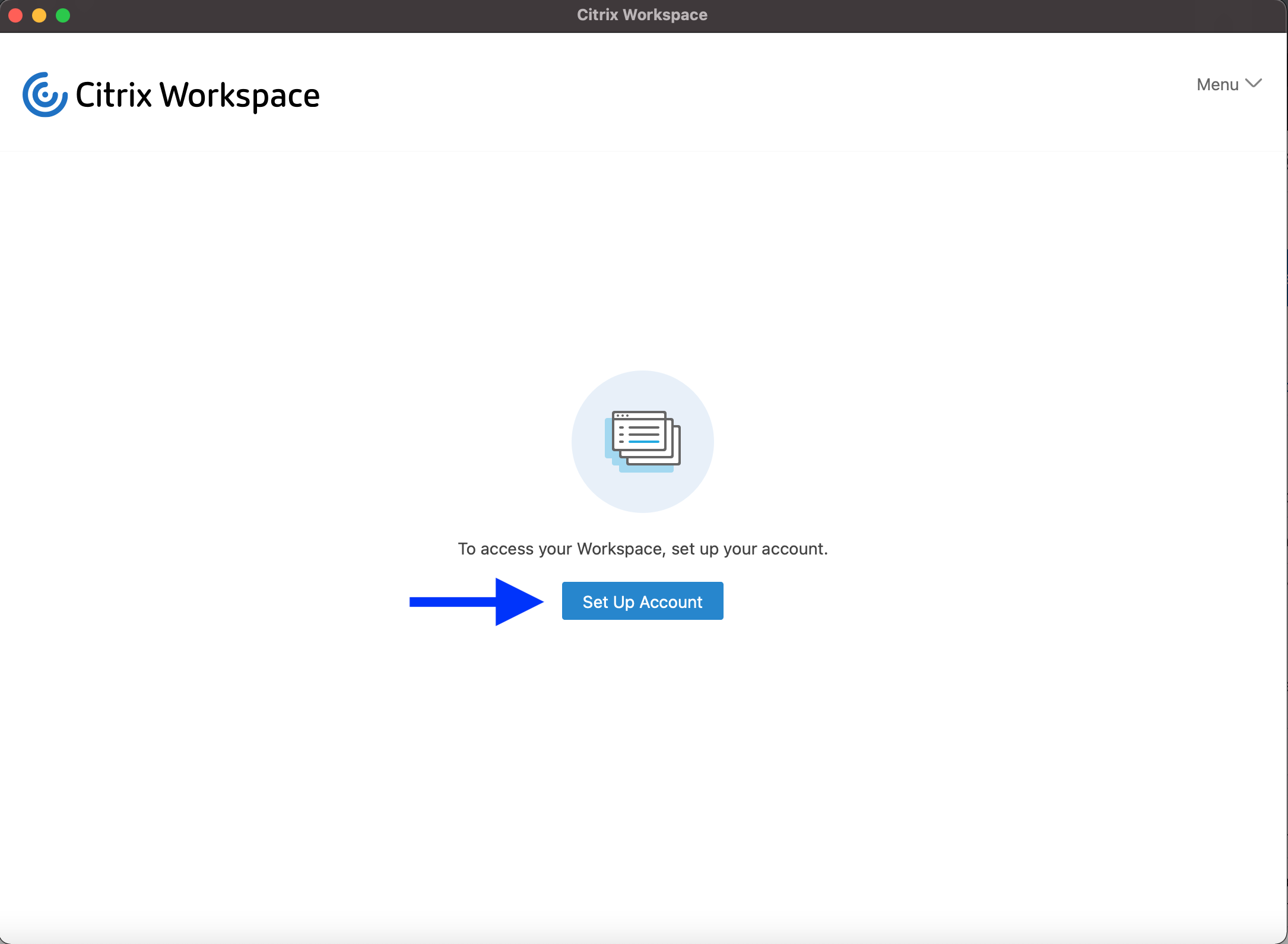



ica files) with Citrix Receiver.Īgain, only proceed with setting file associations, opening new applications or trusting a website to run a plug in if you are the owner/admin of the computer and trust the site!Ĭlicking “Open” and “Open Citrix Receiver Launcher” opened Citrix Receiver.Īpple Safari asked if I wanted to trust my organisation’s website to use the Citrix Receiver plug in. Google Chrome gave me a warning about opening Citrix Receiver for the first time and asking if I wanted to associate a file (Citrix Receiver uses. Now go back to your preferred web browser (again, I tested Apple Safari and Google Chrome) and navigate to your organisations Citrix portal web address. close) the disk image, right click it and choose Eject “Citrix Receiver”. if I need to uninstall or reinstall a particular version of an application). Personally I am a fan of keeping the original (source) installation files in case of issues later on (i.e. Once the installer has finished it will ask if you wish to keep the disk image and package or if you want to move it to the trash. The installer warns that you are running an installation package proceed only if you are the owner/admin of the device and want Citrix Receiver. The “Uninstall Citrix Receiver” application uninstalls (removes) Citrix Receiver. Double click it to begin the installation. The “Install Citrix Receiver” file does exactly as you would expect it installs Citrix. Once downloaded and opened the dmg file should put a disk icon on your Mac desktop. The current (as of May 9th 2018) download is Receiver version 12.9.1 and the download is dmg (disk mountable image) file that comes in at just under 50MB. I could not find Citrix Receiver on the Apple App Store on my Mac, so I had to install it via a download from Citrix.įirst load up your preferred web browser (I’ve tested with both Apple Safari and Google Chrome) and browse to Today I will be taking a quick look at installing Citrix Receiver on Mac OS X (10.13, aka High Sierra). Citrix Receiver allows for Citrix connections to be made from lots of different types of devices, including devices running Microsoft Windows OS, Android OS, Apple iOS and the various Linux OS families.


 0 kommentar(er)
0 kommentar(er)
